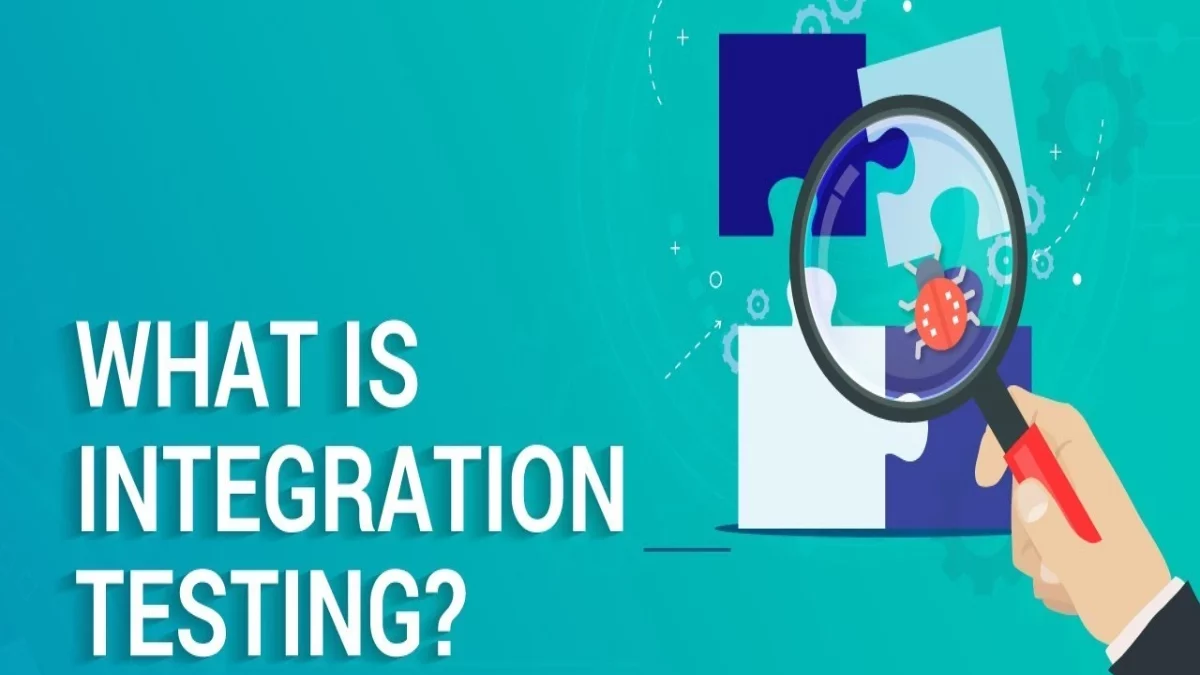Integration Testing Tutorial With Examples And Best Practices
The main task of software developers is to create high-quality, safe and functional products. To do this, various types of testing are carried out, each with a specific purpose during verification. This article will take a closer look at software integration testing.
Definition of integration testing and its purpose
Integration testing is a technique where many software components (or modules) are tested. It is one of the main stage of testing in the development process. It allows you to evaluate the interaction of various software components – functionality and error detection in the program under test.
Next listed the aspects for which integration testing is necessary:
- Analysis of integrated modules;
- Ensuring smooth integration of third-party tools and modules;
- To adjust exception handling.
An essential characteristic of this test is the ability to determine the behavior of individual software modules as a whole. Their functionality is fine, but their behavior may need to be corrected in the combined version.
Benefits of an integration check:
- guarantee of the correct functioning of the modules;
- ensuring fast verification;
- the ability to detect problems in modules associated with the interface;
- increases test coverage;
- provides verification reliability.
Types of Integration Testing
Since software testing and quality assurance is carried out by professional companies with many years of experience and a huge staff of specialists, we can only trust integrated testing to such world-famous automation companies as TestFort to ensure excellent results. Let’s consider all of types of such testing in more detail.
Incremental
All modules with a logical chain are combined in the incremental verification process. Then, testing is performed to verify the software’s functionality according to the requirements. We list three subtypes of incremental checks:
- top-down testing technique – top-level modules are tested first, and then lower-level modules are checked gradually;
- bottom-up method – the modules of the lower level are initially checked, and then the upper ones;
- “sandwich” technique – such verification includes both previous methods: top-down and bottom-up.
Depending on the complexity and scale of the software and requirements, a group of developers and testers agree on which testing will be more effective in a given case.
Non-incremental
This technique involves individual testing of each module, and then the tested modules are combined and tried again. This test is called “big bang” technique. Such a check involves connecting the created models into an extensive system, which is checked as a whole. Such testing is effective if you need to reduce the time.
Integration Testing Sequence
After individually testing the modules, they are combined and tested. Such verification consists of several stages using frameworks and continuous integration.
First, you must create a validation integration plan, prepare frameworks and choose one of the four types of testing described above. Then, test scripts are made, and specific components are deployed to start testing.
During the test the results obtained during testing should be monitored and recorded. If errors are found, the software is corrected, and testing is repeated until all errors are eliminated.
Integration Testing for the LinkedIn application
Integration testing is focused on passing data between modules and tested components and between the interface, modules and their binders. Here is an example test case of the Linkedin application:
- The interaction of the interface between the login and the home pages is checked – if the data is entered correctly, the user is redirected to the home page;
- The interaction of the home page with the profile page is checked;
- The interaction of the interface between the network page and connected pages is checked;
- The interface link between notification pages is checked.
We have provided a small test case for verification, but depending on the scope of the software, such proofs can be more extensive and labor-intensive. It is worth saying that the cost of QA outsourcing is relatively low and may vary depending on the complexity of your software.
Integration check tools
Thanks to special tools, integration testing significantly impacts software modules. Therefore, the verification process is facilitated and accelerated. Here are some examples of tools:
- Selenium – an extensive open-source framework for automated checks that automate a set of integration tests for web development;
- Pytest – used to create test code and run it; can scale and test complex libraries and applications;
- RTF – Thanks to it, test scenarios are developed that imitate the actions of testers;
- VectorCAST, an automated testing platform to test critical business software and security;
- LDRA – Drives the market for programming tools that automate security code analysis and validation.
These tools will make testing as efficient and high-quality as possible.
Integration Testing Practice
The following best practices should be adhered to before starting an integration test:
- Perform an integration check before a unit check to catch bugs early in development.
- Avoid testing business logic;
- Integration tests should be performed separately from unit tests;
- Record results in a log: Unit testing covers a small area of software testing, and in case of failures, you can quickly find and fix the problem.
Using this practice, you can avoid many problems in the integration testing process. Thanks to integration testing, it is possible to create practically ideal software that meets all the functionality, performance and security requirements.


